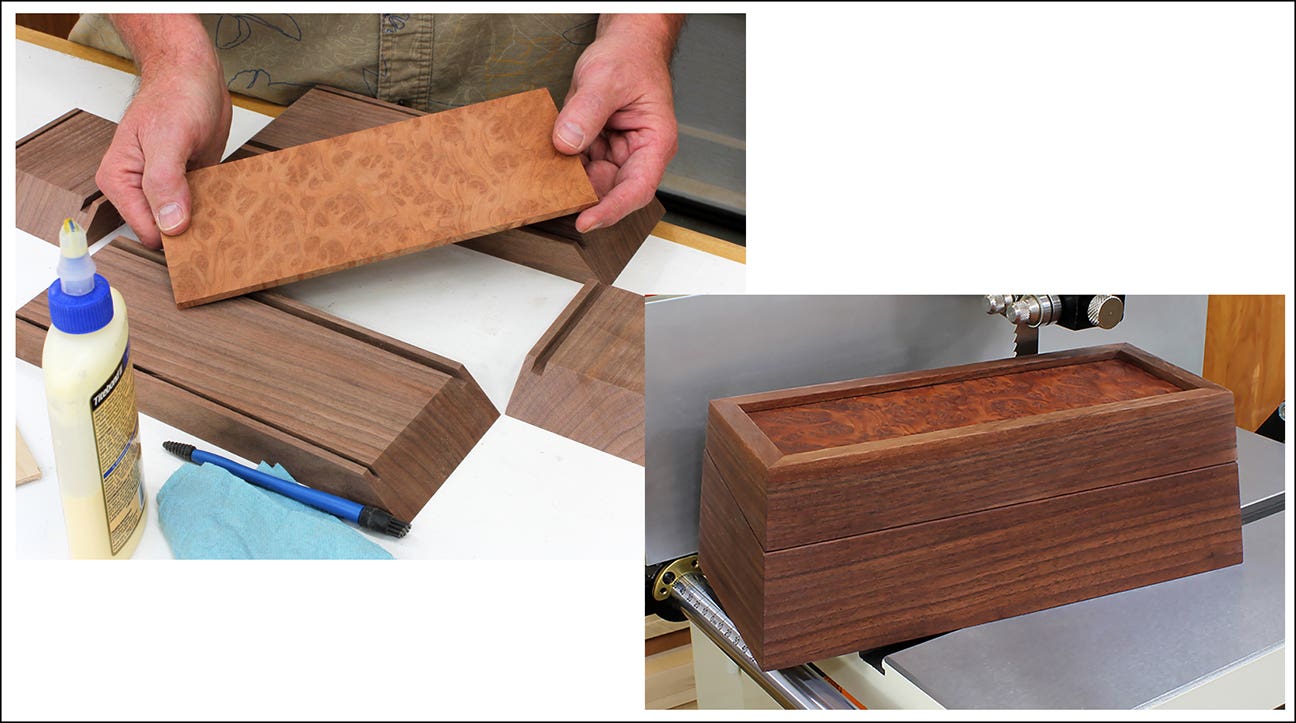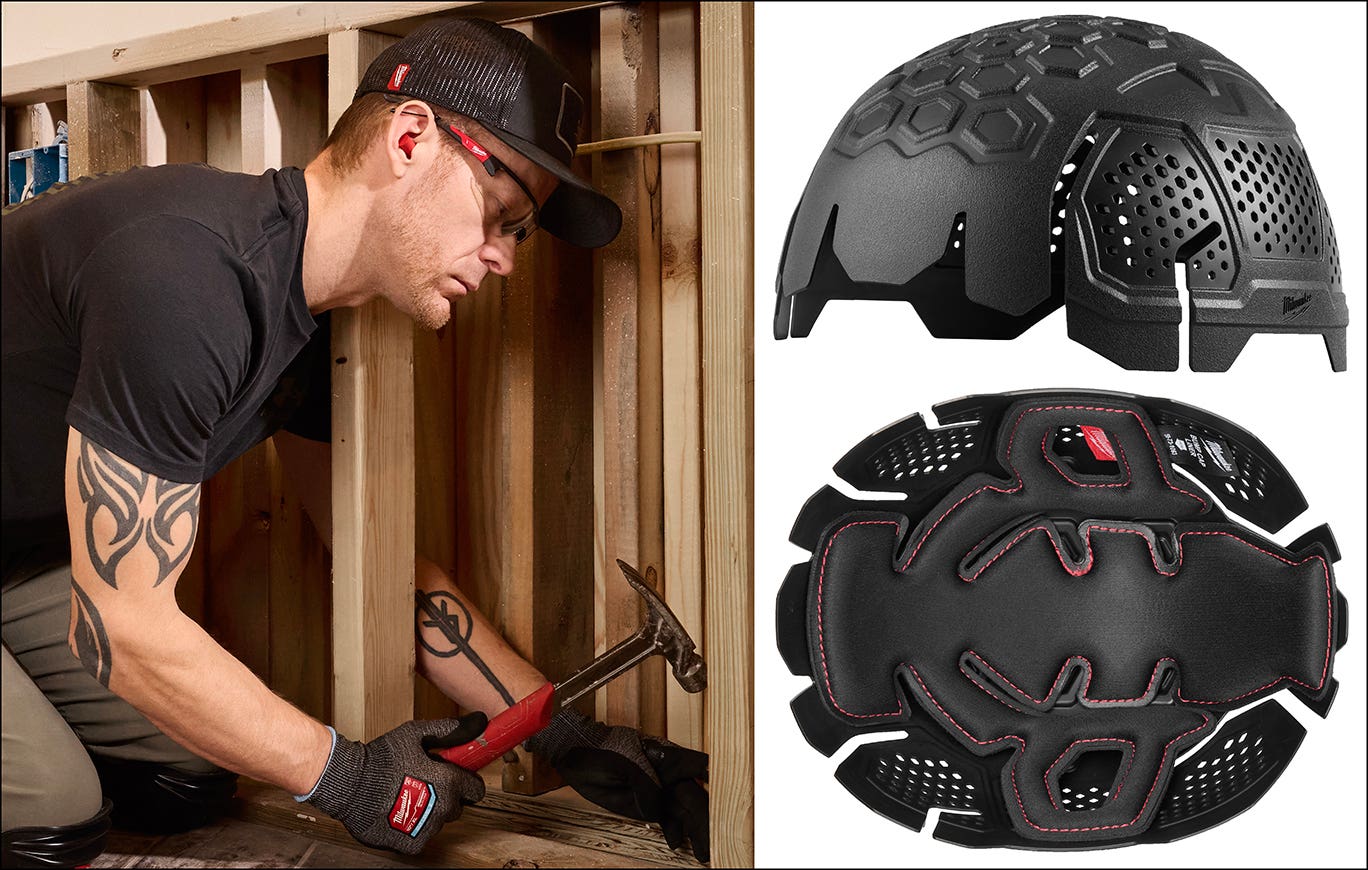The working interview
We are always on the lookout for talented, experienced employees. Yes, they are getting harder to find. And if we are looking for a strong work ethic, it gets even more difficult.
We are always on the lookout for talented, experienced employees. Yes, they are getting harder to find. And if we are looking for a strong work ethic, it gets even more difficult.
Woodworking, like pretty much everything in the physical realm, is much more about what you do than what you say. An interview is standard procedure when considering a prospective employee. But talk, as they say, is cheap.
There is no way to really assess a person’s level of competence or their ability to take direction by talking. Only once someone is actually on the shop floor can you make these judgements. The trouble is, by that time you usually have told them they are hired and it is much more difficult to back pedal if it becomes obvious that they do not meet expectations.
This is where the “working interview” comes in. By making it clear that the first few days or the first week are a trial period, you have a better chance of getting an accurate view of a person’s abilities without making a solid commitment. If things don’t go well, it’s a lot easier to let them down gently.
David DeCristoforo possesses an extensive resume as designer/maker of fine furniture, high-end cabinetry and architectural woodwork. His experience in professional woodworking spans a period of 35 years. For the past 20 years David DeCristoforo Design has been located in Woodland, California. During this time David's shop has ranged in scope from a "full on" cabinet production shop with as many as 15 employees to a small fine furniture and custom millwork shop, working with his son, David RBJ, a highly skilled maker in his own right.






